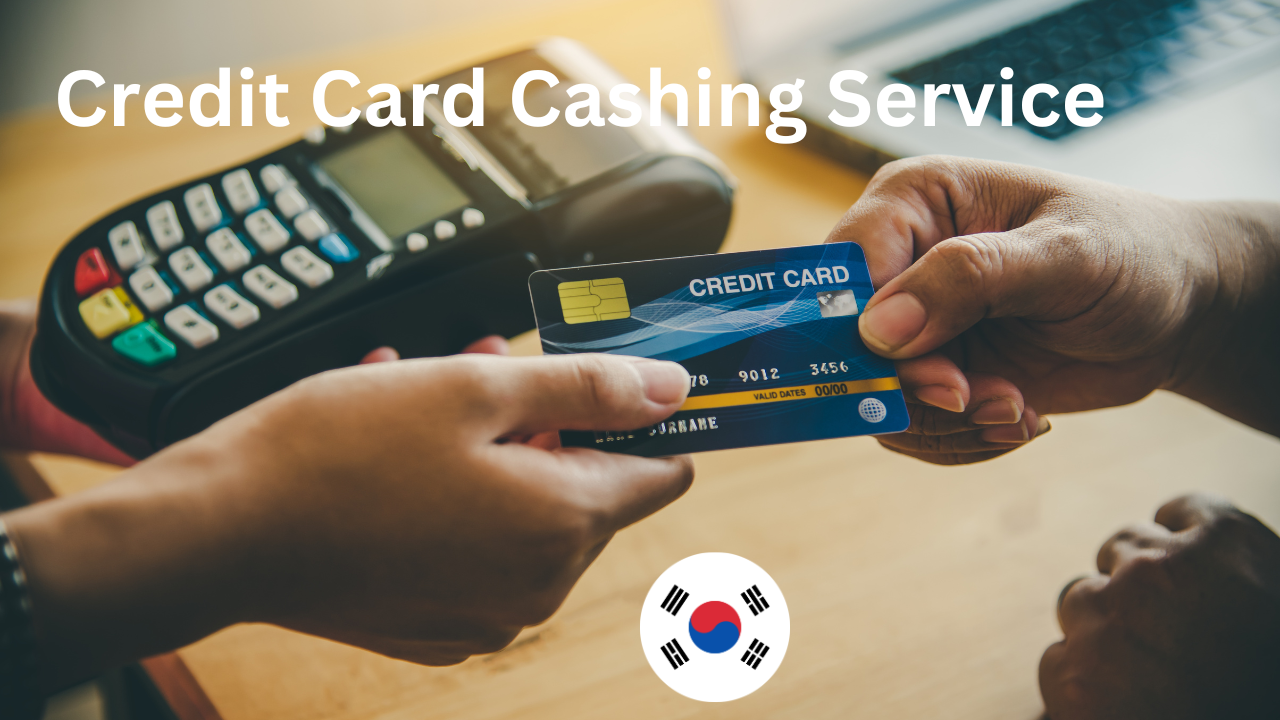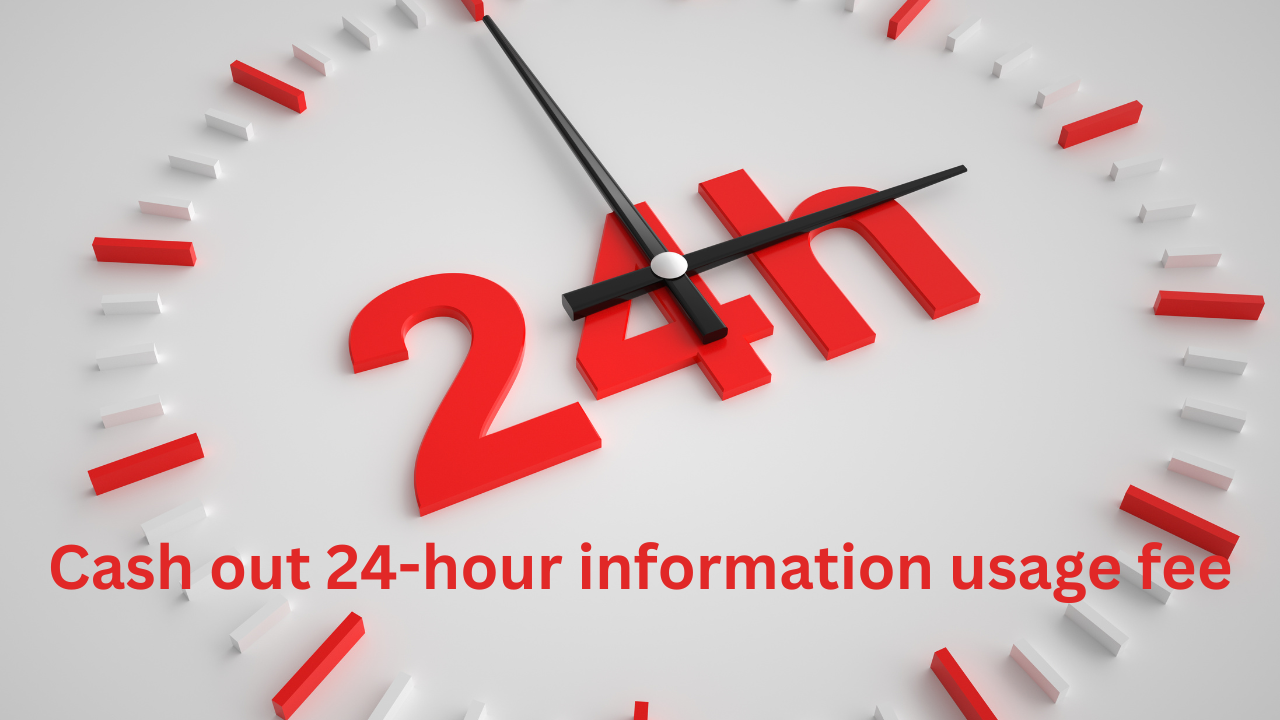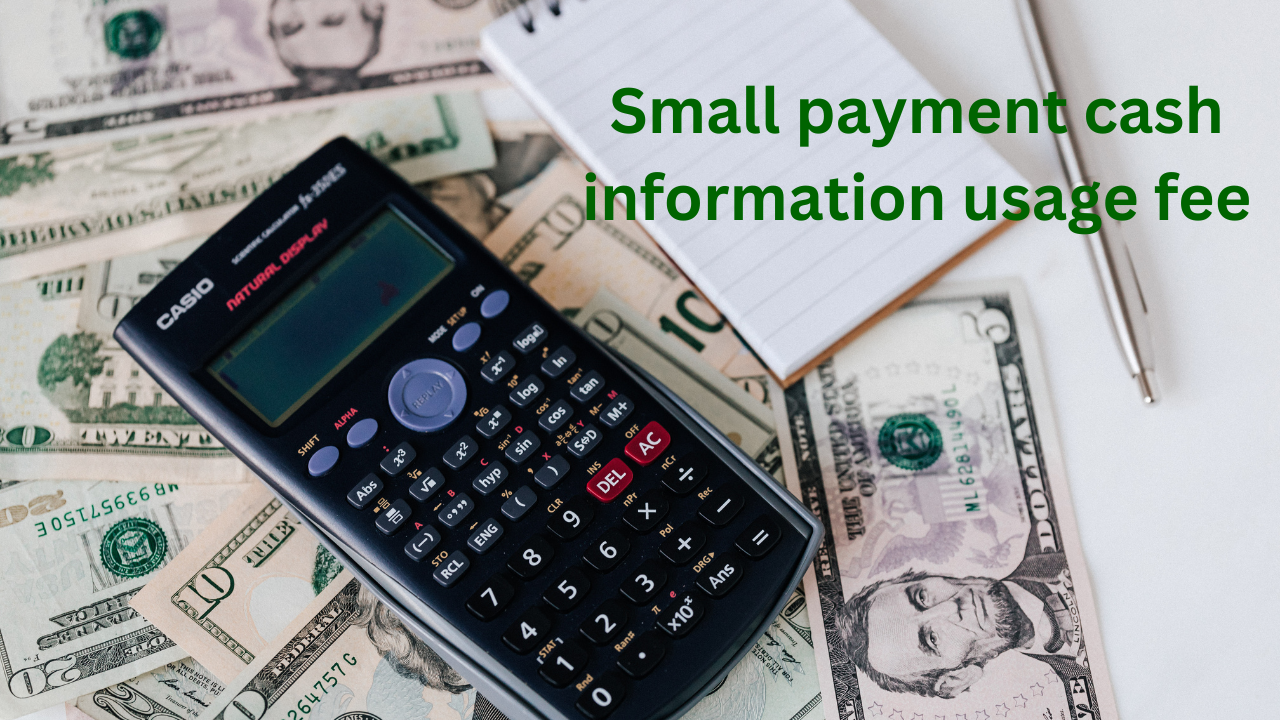Blockchain Technology
Introduction of Blockchain Technology
Blockchain technology has been making waves across industries, promising to revolutionize how we transact, share information, and conduct business. Its potential impact is so significant that it has captured the imagination of entrepreneurs, tech enthusiasts, and industry leaders alike. In this article, we will delve deep into the intricacies of blockchain technology, understanding how it works and, more importantly, why it matters.
Understanding Blockchain Technology
The Fundamentals
At its core, blockchain is a decentralized digital ledger that records transactions across multiple computers to ensure security, transparency, and immutability. Let’s break down these fundamental aspects:
1. Decentralization: Unlike traditional centralized systems, where a single entity (like a bank or a government) controls the ledger, blockchain operates on a decentralized network of computers, often referred to as nodes. These nodes work together to validate and record transactions.
2. Digital Ledger: The ledger in blockchain is digital, consisting of a chain of blocks. Each block contains a set of transactions. Once a block is full, a new one is created, linked to the previous block, forming a chain – hence the name “blockchain.”
3. Security: Blockchain relies on cryptographic algorithms to secure transactions. Information is stored in a way that is extremely difficult to tamper with. Any attempt to alter a transaction would require changing the information in all subsequent blocks, which is practically impossible.
4. Transparency: All transactions on the blockchain are visible to all participants in the network. This transparency builds trust and ensures everyone has access to the same information.
5. Immutability: Once a transaction is recorded on the blockchain, it becomes nearly impossible to alter or delete. This immutability makes blockchain an excellent tool for record-keeping and ensures the integrity of historical data.
How Transactions Work
Blockchain technology primarily functions through a series of steps:
1. Transaction Initiation: A user initiates a transaction by creating a digital signature that verifies their identity and intent. This signature is then broadcast to the network.
2. Transaction Verification: The network of nodes verifies the transaction by checking the user’s digital signature, ensuring they have the necessary funds, and confirming the transaction is valid.
3. Transaction Bundling: Valid transactions are bundled together into a block. This block is then added to the existing blockchain after consensus is reached among the nodes. This consensus is typically achieved through a process called mining.
4. Mining: Mining involves solving complex mathematical puzzles, a process that requires significant computational power. Miners compete to solve these puzzles, and the first one to succeed gets the privilege of adding the block to the blockchain. This process ensures the security of the network and rewards miners with cryptocurrency.
5. Transaction Confirmation: The transaction is considered confirmed once a block is added to the blockchain. The information is now stored permanently on the ledger.
Real-World Applications of Blockchain
Finance and Cryptocurrency
Blockchain’s impact on finance is perhaps the most well-known application. Here’s how blockchain is transforming the financial sector:
1. Cryptocurrencies: Blockchain gave birth to cryptocurrencies like Bitcoin and Ethereum. These digital currencies operate on blockchain, enabling secure, borderless, decentralized transactions.
2. Cross-Border Payments: Traditional cross-border transactions are often slow and costly. Blockchain enables near-instant, cost-effective cross-border payments, eliminating the need for intermediaries like banks.
3. Smart Contracts: Smart contracts are self-executing contracts with the terms of the agreement directly written into code. They automatically execute when predefined conditions are met, reducing the need for intermediaries and streamlining processes.
Supply Chain Management
Blockchain’s transparency and immutability are valuable in supply chain management:
1. Transparency: Blockchain allows for end-to-end visibility of products in the supply chain. This helps verify the authenticity of products and reduces the risk of counterfeits.
2. Traceability: In a product recall, blockchain can quickly trace the origin of affected products, minimizing the impact on consumers.
3. Efficiency: By automating documentation and reducing manual errors, blockchain improves supply chain efficiency and reduces costs.
Healthcare
Blockchain technology is making inroads into healthcare, promising to improve data management and patient care:
1. Patient Records: Blockchain can securely store and manage electronic health records (EHRs), ensuring data integrity and making it easier for patients to access their medical history.
2. Drug Traceability: In pharmaceuticals, blockchain helps track the production and distribution of medications, reducing the chances of counterfeit drugs entering the market.
3. Clinical Trials: Smart contracts on the blockchain can automate and streamline the complex process of clinical trials, making them more efficient and transparent.
Voting and Governance
Blockchain’s transparency and security features have led to discussions about its potential in voting and governance:
1. Secure Voting: Blockchain can provide a secure platform for voting in elections. Votes are recorded transparently and cannot be altered, reducing the risk of fraud.
2. Transparent Governance: Government processes and decisions can be recorded on a blockchain for transparency and accountability.
3. Identity Verification: Blockchain can be used for secure identity verification, reducing identity theft risk.
Why Blockchain Matters
Trust and Security
Blockchain matters because it addresses critical issues of trust and security:
1. Trust: By eliminating the need for intermediaries and providing transparency, blockchain builds trust in various applications, from financial transactions to supply chain management.
2. Security: The cryptographic nature of blockchain makes it highly secure. The decentralized nature of the network also makes it resilient to attacks.
3. Data Integrity: Blockchain’s immutability ensures data integrity, reducing the risk of fraud and manipulation.
Decentralization and Empowerment
Blockchain matters because it empowers individuals and communities:
1. Financial Inclusion: Blockchain provides access to financial services for the unbanked and underbanked populations, reducing financial inequality.
2. Ownership of Data: Users have more control over their data, deciding who can access it and for what purpose.
3. Innovation: The open nature of blockchain allows for innovation without needing permission from centralized authorities.
Disruption of Traditional Models
Blockchain matters because it challenges traditional business models:
1. Disintermediation: Blockchain eliminates the need for intermediaries in various industries, reducing costs and increasing efficiency.
2. New Business Models: It enables the creation of new business models, such as decentralized autonomous organizations (DAOs), which operate without central leadership.
3. Global Reach: Blockchain’s borderless nature opens up global markets and opportunities for businesses of all sizes.
Conclusion
Blockchain technology is not just a buzzword; it’s a transformative force reshaping industries and how we interact with data, trust, and value. Its decentralized, secure, and transparent nature makes it a powerful tool for solving real-world problems and driving innovation. As blockchain continues to evolve, its impact on our lives and society is likely to become even more profound, making it essential to understand how it works and why it matters.














